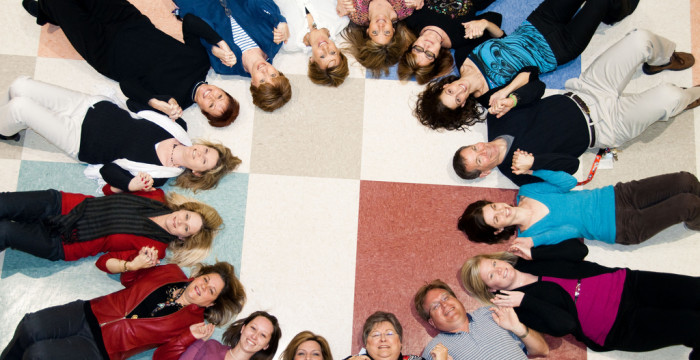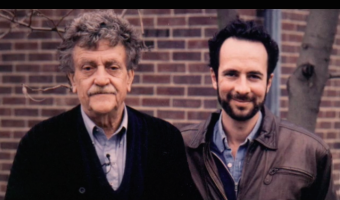If you write in a business context, you are probably writing collaboratively. You might not know it, though. It is important to be sure. It saves a lot of trouble with mistaken assumptions and not being able to deliver.
So at what point did you start writing collaboratively? Was it:
- While you were writing the first draft?
- After you submitted and started to receive feedback?
- While you were sitting in on progress meetings?
- After the mandate changed when your department reorganized?
It’s a conundrum
Collaborative writing begins when the people involved acknowledge that more than one of them is needed to produce the document. Simple, but it is not always acknowledged. If that is the case, there is no collaboration. There may be expectation of receiving your collaboration and contribution, but that is an assumption and not the same thing at all.
The moment when a collective effort is acknowledged in a writing project or assignment is special. It is a point of power—a tipping point. The aims and goals of the project can then be established. A sharing process kicks in. Without a shared understanding, difficulties are sure to arise.
Time to make a silk purse
Today, I was sent documents written mainly by an executive of the organization. Presenting it as complete and ready for design, the email asked me to make a complete information kit folder out of the various documents and to get a really great folder designed. Also, I was told, “Feel free to change the content, if you think it is needed.”
The links between the four documents attached to the email were not clear. Who they were for was not clear. I looked in vain for information on the target audience, how the kit would be used, when it would be used, what the production timeframe is, and what we wanted to achieve with this document. There were some style problems.
Despite contributions by a leader, this project has missed its leadership moment. It will be difficult to rally the collective power needed for design and production. Not acknowledging that a team effort is needed almost guarantees that the project’s basic requirements remain a mystery.
Writing relay race
Since a “handoff” approach is being used, collaboration not possible. Writing back to the requesters, I am careful to meet them in the same spirit. Assumptions are not helpful at this point and risk turning the requesters into vampires. I’ve asked a few questions about expectations, purpose, intentions, context, audience to see what they have in mind.
Will this open a dialogue and lead to a collaborative effort? We’ll see. The project will not come to life without it.
Photo credit: Melanie Holtsman






